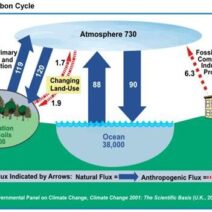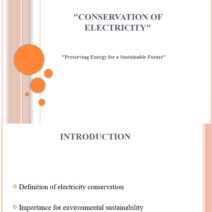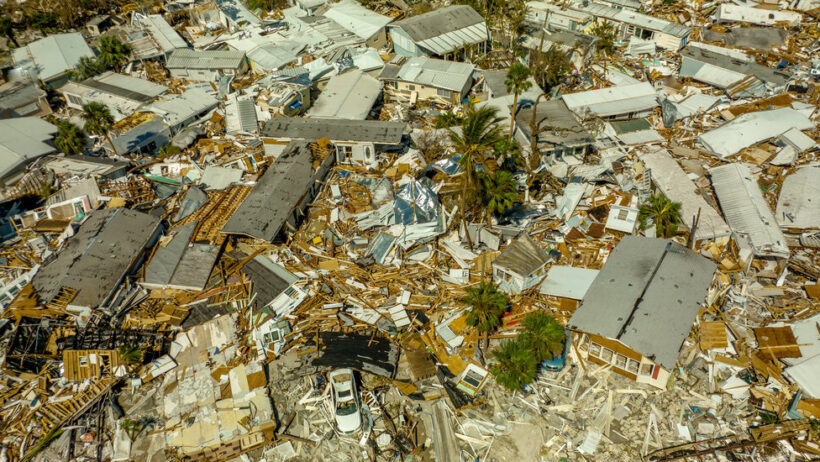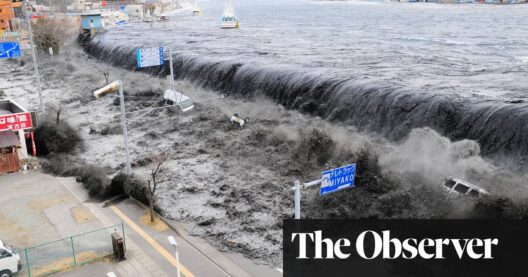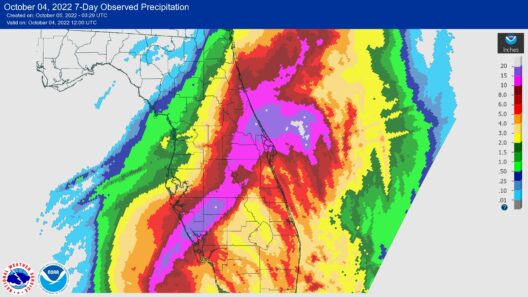Imagine Earth as a giant greenhouse, where sunlight pours in through the glass but struggles to escape. This is a simplistic way to understand the phenomenon of global warming. Just like a greenhouse retains heat to help plants grow, our atmosphere holds onto heat generated by the sun. This warming effect is exacerbated by human activities that release greenhouse gases into the air. Let’s embark on a journey to explore how our planet heats up and what it means for our future.
To comprehend global warming, we must first grasp the concept of greenhouse gases. These gases include carbon dioxide (CO2), methane (CH4), and nitrous oxide (N2O), among others. Think of them as a cozy blanket wrapped around our planet. When we burn fossil fuels—like coal, oil, and natural gas for energy—we release an overabundance of these gases. As a result, the Earth’s temperature rises, much like how you would feel warmer if you added extra blankets to your bed.
The Earth has its own way of regulating temperatures, but humans have been altering that balance. The natural greenhouse effect is essential; it keeps our planet warm enough to sustain life. However, when the concentration of greenhouse gases increases, it intensifies this effect, leading to an abnormal rise in temperatures, which scientists often refer to as anthropogenic (human-induced) global warming.
Now let’s introduce the analogy of a car left in the sun. On a hot day, the inside of a car can reach blistering temperatures, even if the outside air isn’t as hot. This occurs because sunlight enters through the windshield but struggles to escape. Similarly, the Earth absorbs sunlight but traps heat due to the thickening layer of greenhouse gases. This additional heat is like adding accelerants to a fire, causing our planet’s temperature to rise more quickly than nature would typically allow.
The consequences of this warming aren’t limited to rising temperatures alone. Changes in our planet’s climate patterns are occurring at an unprecedented rate. Climate change manifests itself through extreme weather events: think hurricanes, droughts, floods, and heatwaves. Nature appears to be throwing a tantrum, reacting to the discomfort caused by our actions. For instance, hurricanes become more intense as warmer ocean waters fuel their energy, and regions that once had seasonal rains may experience prolonged droughts instead. These shifts affect agriculture, biodiversity, and human safety.
But there’s a silver lining in this overwhelming narrative. Kids, you have the power to make a difference! Let’s redefine the narrative. Instead of viewing global warming as an insurmountable challenge, consider it an opportunity. Opportunities compel us to come together and innovate. You can act like an eco-warrior in everyday life by making simple, yet effective changes. Planting trees, reducing single-use plastics, conserving energy, and simply speaking out about environmental issues are all significant steps. Much like the challenges of climbing a steep hill, every small effort accumulates to make a substantial impact.
Moreover, it’s crucial to emphasize the role of renewable energy sources. Transitioning to wind, solar, and hydroelectric power is like swapping out old, rusted tools for shiny, new ones that operate efficiently and sustainably. Renewable energies do not emit greenhouse gases during their operation, allowing us to work toward a cleaner planet. Schools are learning to harness environmental awareness into their curricula, introducing children to sustainable practices early on.
It’s not just individuals who can create change. Governments and communities play a vital role in combating global warming. Regulations and policies need to be enforced to limit carbon emissions from industries. Inner-city neighborhoods can lobby for green spaces and public transportation options that reduce the need for automobiles. It’s akin to building a fortress against an invader; when fortified with strong policies, communities can work to shield themselves against the impending impacts of climate change.
Another important aspect to consider is that climate change knows no borders. The air and water do not recognize the lines drawn on maps. This global aspect of warming makes international cooperation imperative. Countries must work collectively towards sustainable development goals to address the challenge of climate change. The Paris Agreement serves as a remarkable example, bringing nations together to set targets for reducing greenhouse gas emissions. It’s like a group project where all members have a shared responsibility to reach the desired outcome.
The concept of environmental stewardship should resonate in everyday lives. Imagine treating nature as a beloved friend rather than an insignificant backdrop. By nurturing our planet, we ensure that future generations can enjoy its wonders. Sustainable practices promote a healthy ecosystem, much like a carefully managed garden that yields bountiful harvests if tended to with care and compassion.
As we untangle the complexity of global warming, it’s clear that everyone, especially the younger generation, holds the neighboring seeds of change. Whether you are passionately advocating for policy reform or participating in local clean-up events, your unique contributions matter. Every action creates ripples in the larger fabric of society, influencing others and fostering a culture of environmental awareness.
So, as we conclude this exploration of how our planet heats up, remember: the challenge of global warming is not insurmountable. United through education, advocacy, and practical actions, we can combat climate change and steward our world towards a more sustainable future. Let’s not only imagine a better world; let’s actively create it, one carefully planted seed of change at a time.
